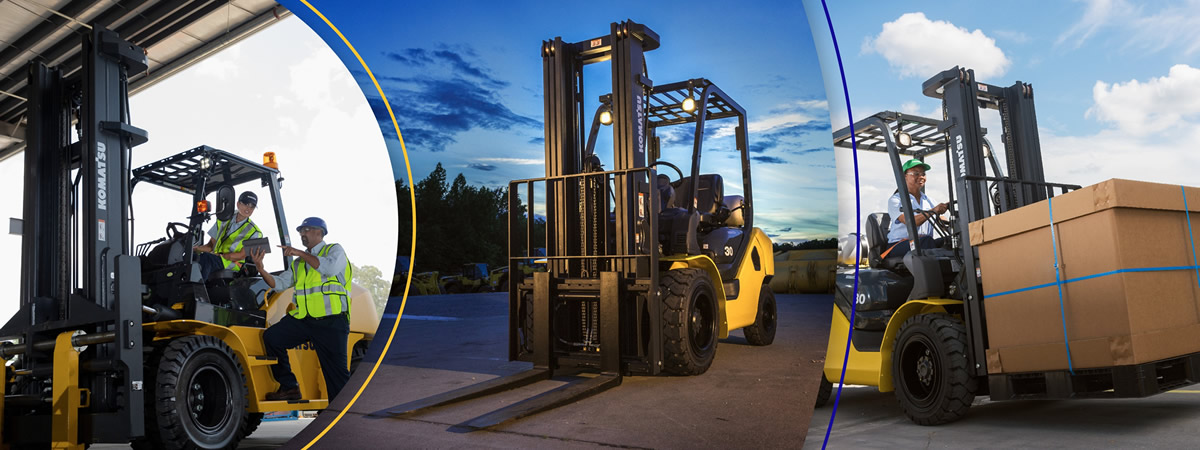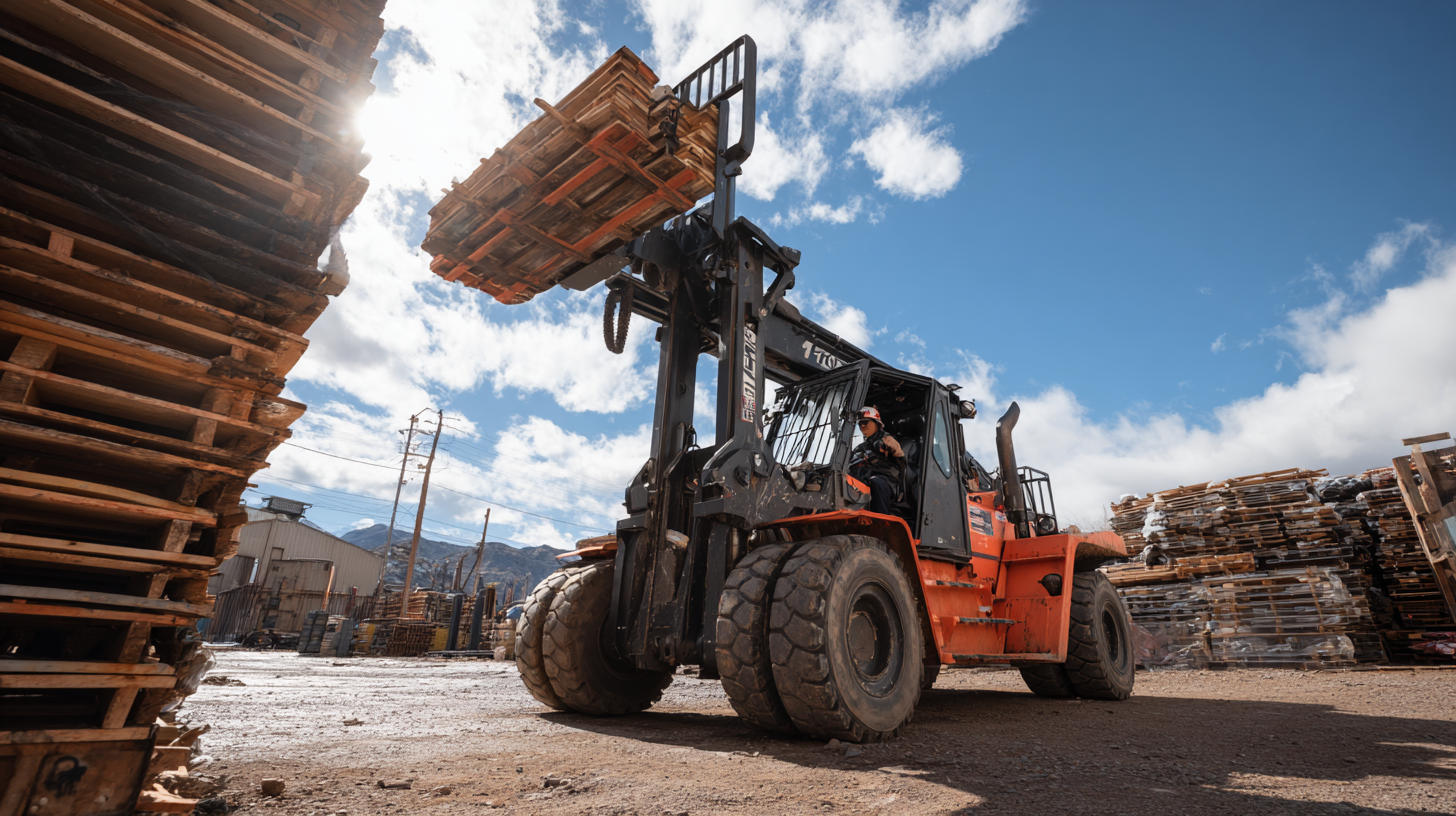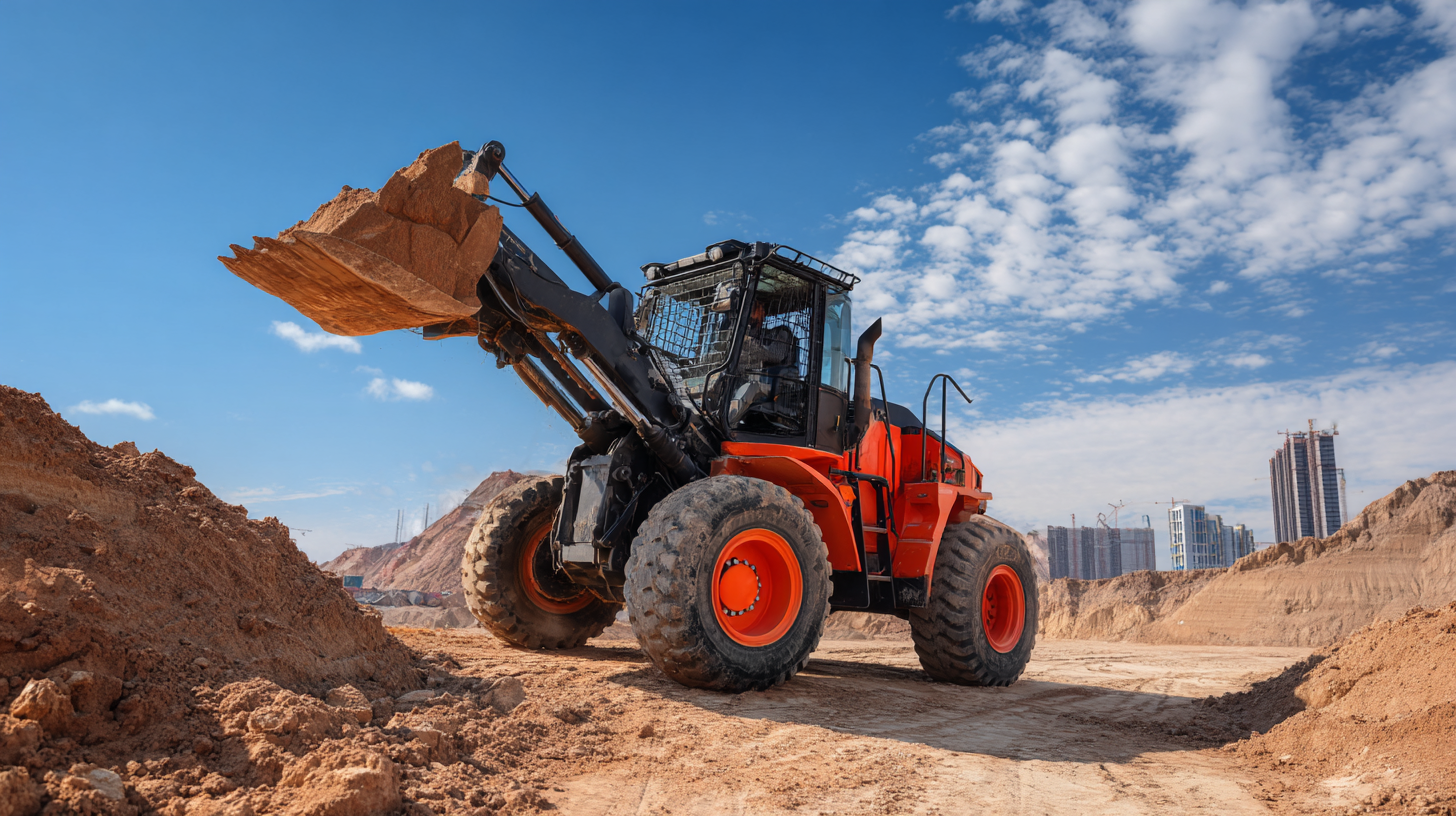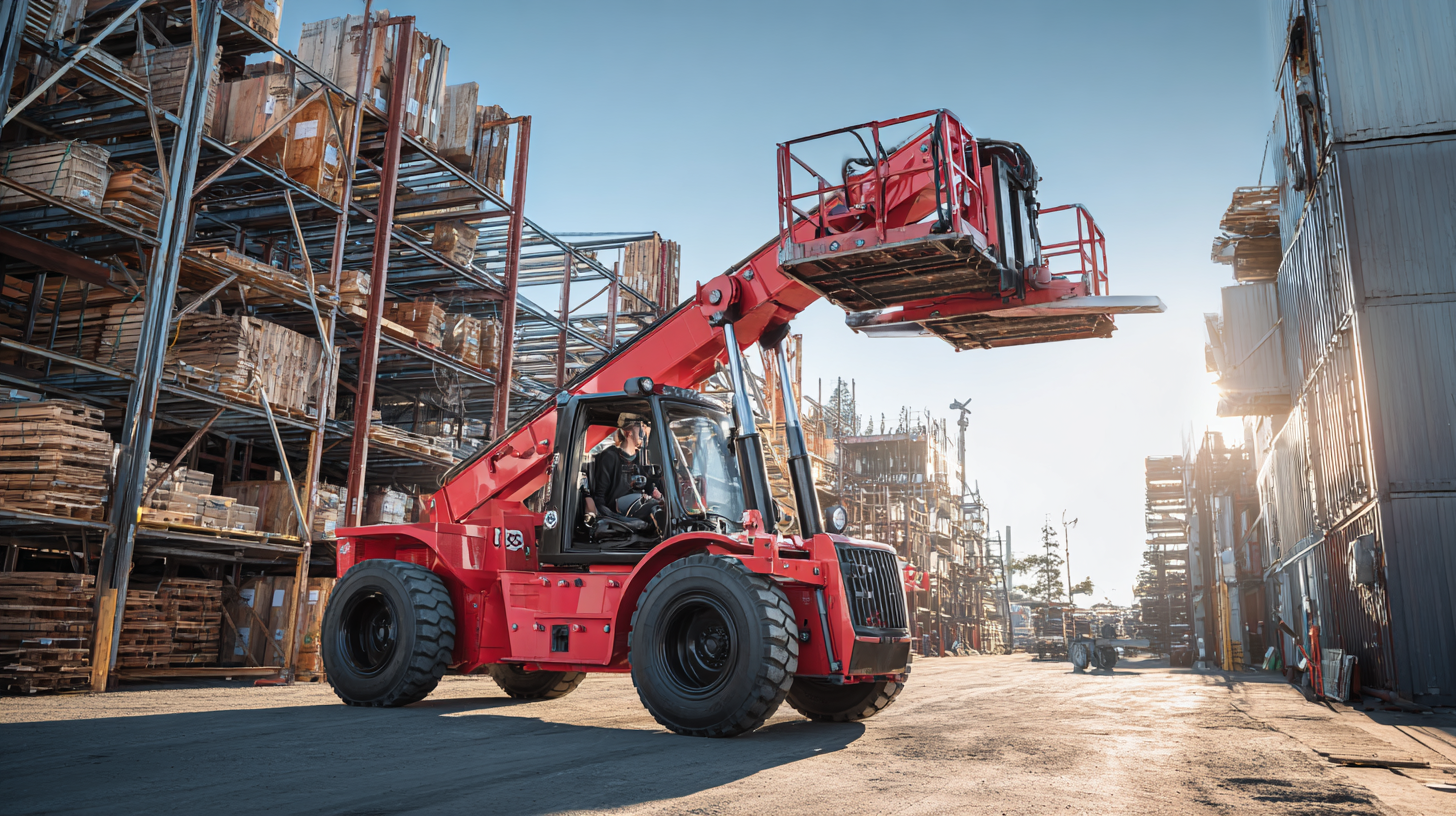
In the ever-evolving construction and material handling industry, the demand for specialized equipment such as telehandlers is on the rise. According to a report by the American Equipment Manufacturers (AEM), the telehandler rental market has seen significant growth, with a projected annual growth rate of 4.5% over the next five years. This growth can be attributed to the increasing need for versatile lifting machinery that can operate in tight spaces and adapt to various job sites. As companies look to maximize their investment and operational efficiency, understanding how to navigate the telehandler rental process becomes crucial. Whether you're a seasoned contractor or a novice in the field, recognizing the essential factors that influence your telehandler rental experience will not only enhance productivity but also ensure safety and cost-effectiveness on the job.

When renting a telehandler, understanding the full cost of your rental is crucial for maximizing efficiency and ensuring you stay within budget. According to a report by EquipmentWatch, rental costs can account for up to 40% of the total project expenses associated with heavy machinery. This highlights the importance of not only considering the initial rental fees but also the long-term operational costs, which can include fuel, maintenance, and insurance.
To get the most out of your rental, it is essential to evaluate how the telehandler's specifications align with your project requirements. A study by the Association of Equipment Manufacturers (AEM) indicated that mismatched machinery can lead to inefficiencies, resulting in potential cost overruns of 20% or more. By carefully assessing your workload and ensuring the telehandler you rent is equipped for your specific tasks, you can minimize downtime and additional expenses, boosting your overall productivity on-site.

When renting a telehandler, being aware of common issues can significantly enhance your operational efficiency. One frequent challenge is the lack of regular maintenance, leading to malfunctions during crucial tasks. To address this, always check the machine's maintenance records before taking it on-site. Inspecting the hydraulic fluid levels and tire conditions can also preemptively identify potential problems.
Another common operational challenge lies in improper use of the telehandler. Operators should be trained and knowledgeable about the machine’s capabilities and limitations. Ensure that all team members understand how to operate the telehandler safely, including load limits and attachment usage. A practical tip is to conduct a thorough walkthrough of the machine's features with your operators before commencing work, which will help in recognizing its operational quirks.
Lastly, be aware of environmental factors that can impact telehandler performance, such as extreme weather or uneven ground. Select a model that is suitable for your specific job site conditions. Always remember to consult rental experts for additional guidance on choosing the right machine and understanding its upkeep, ensuring a smoother rental experience overall.
When renting a telehandler, safety should be your top priority. Implementing robust safety protocols can significantly reduce accident rates during equipment rental. Always ensure that operators are properly trained and understand the specific functions of the telehandler. Familiarize yourself with the machine's controls and load limits, as well as the site conditions where it will be used. Regular safety checks prior to operation, such as inspecting tires, hydraulic systems, and attachments, are crucial in preventing equipment failure and accidents.
In addition to safety training, communication among team members is key. Establishing clear signals and protocols can improve coordination on-site, minimizing the risk of mishaps. Keeping the work area organized and free of hazards further enhances safety. Remember to incorporate regular breaks for operators to maintain focus and avoid fatigue, which could lead to errors. By integrating these essential tips into your telehandler rental experience, you not only prioritize safety but also boost overall efficiency and productivity on the job site.
When considering rental duration for telehandlers, it is crucial to align with the specific needs of your project to maximize efficiency and cost-effectiveness. A recent industry report highlights that short-term rentals, defined as less than 30 days, are often ideal for one-off projects or in situations where flexibility is paramount. Conversely, longer rental periods, extending 30 days or more, can provide substantial savings—up to 20%—when the machinery is needed for ongoing operations. This is particularly relevant in sectors undergoing fluctuations in workload, where understanding project timelines becomes key.

Additionally, an analysis by construction experts reveals that careful planning around rental agreements can mitigate risks associated with equipment downtime. With a projected increase in purpose-built rentals and infrastructure projects, having the right equipment at the right time ensures that operations run smoothly. Furthermore, a focus on leveraging strong supplier relationships can lead to better rental terms and availability, ultimately enhancing project success and minimizing costs.
Choosing the right telehandler model is crucial for ensuring optimal performance on your job site. With various sizes, lifting capacities, and attachments available, it’s essential to assess your specific application needs before making a rental decision. Start by evaluating the weight of the materials you’ll be lifting and the height requirements for your project. Additionally, consider the work environment, such as space constraints and surface conditions, to determine if a compact model or a larger telehandler is more suitable.
Data-driven selection involves analyzing key specifications like lift capacity, maximum reach, and maneuverability. For instance, if your project requires frequent lifting at varying heights, selecting a model with adjustable boom height can enhance efficiency. Furthermore, consulting rental specialists who understand the latest telehandler advancements can provide valuable insights. By aligning your requirements with the appropriate telehandler model, you can significantly enhance productivity and safety on-site, maximizing the return on your rental investment.
Content © 2025 Komatsu. All Rights Reserved
